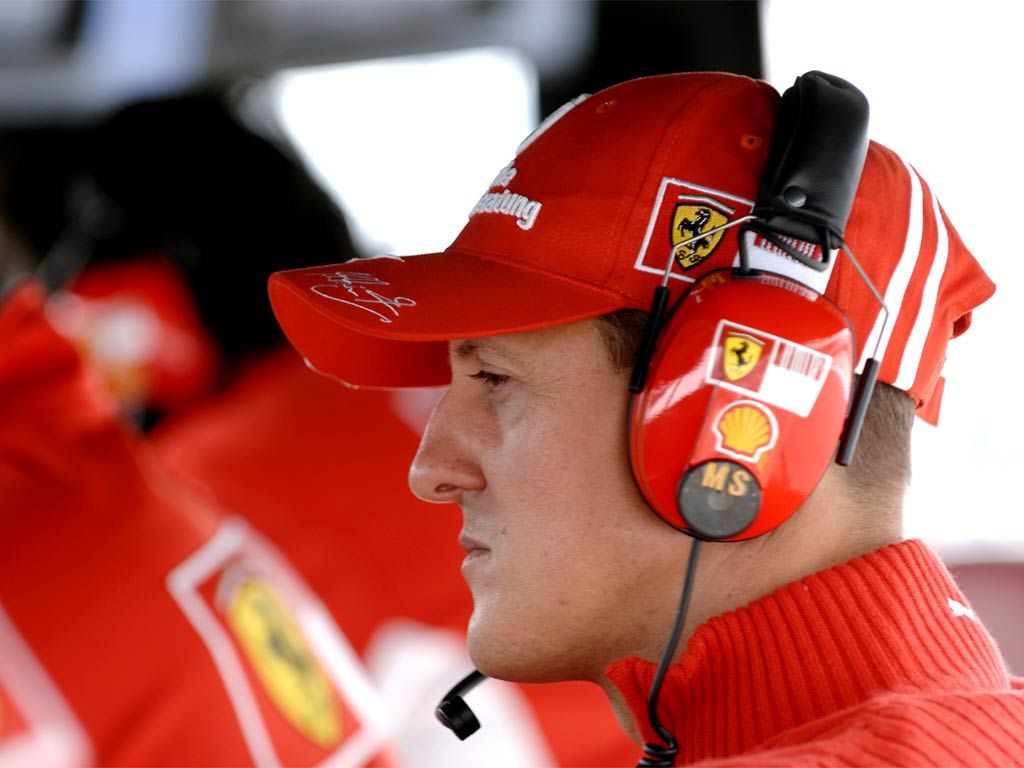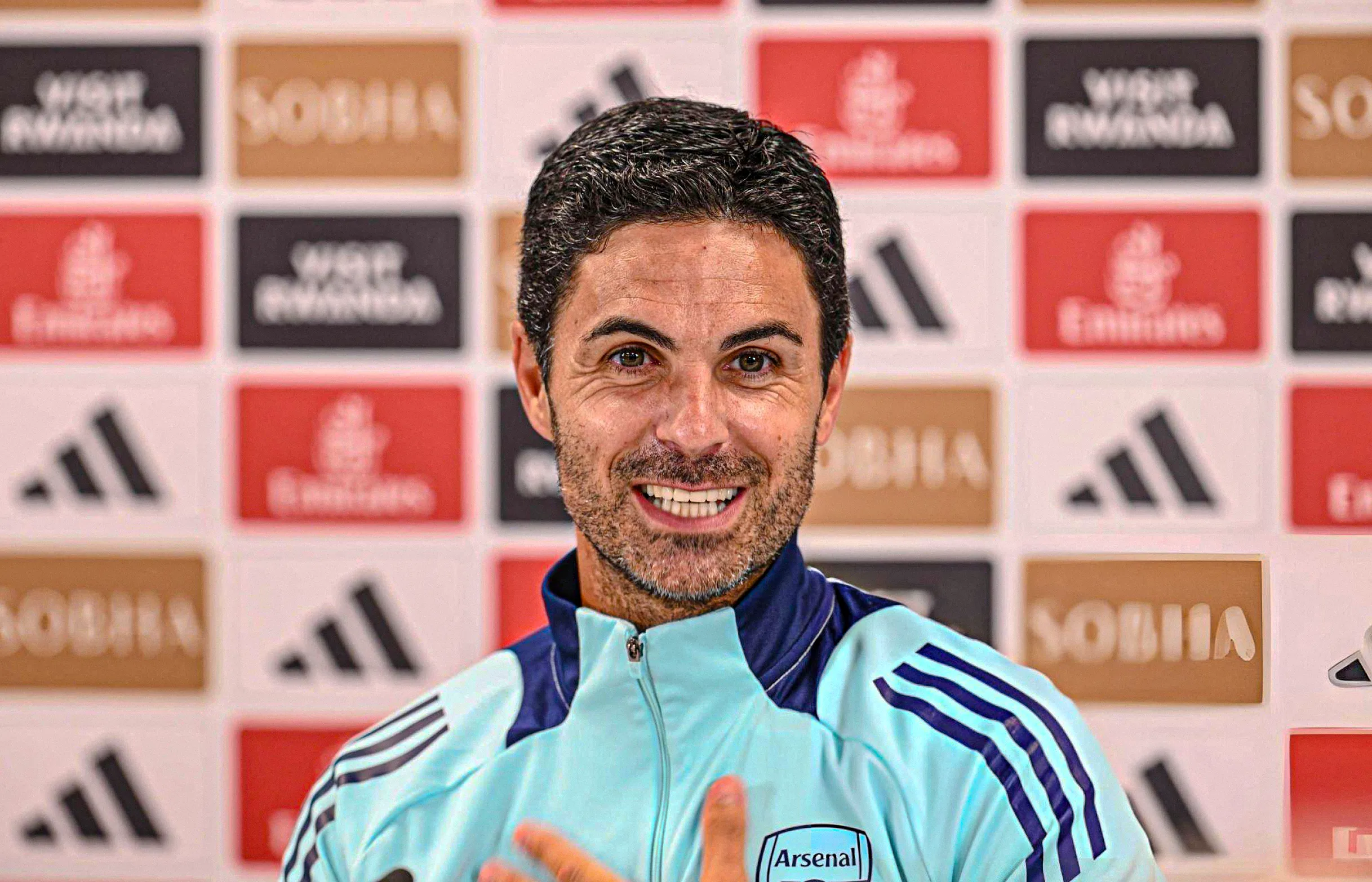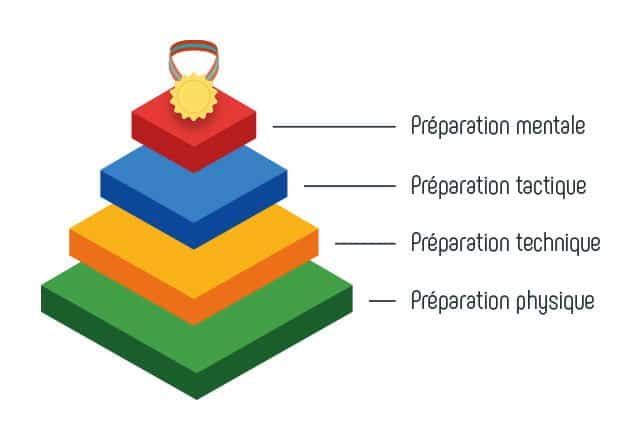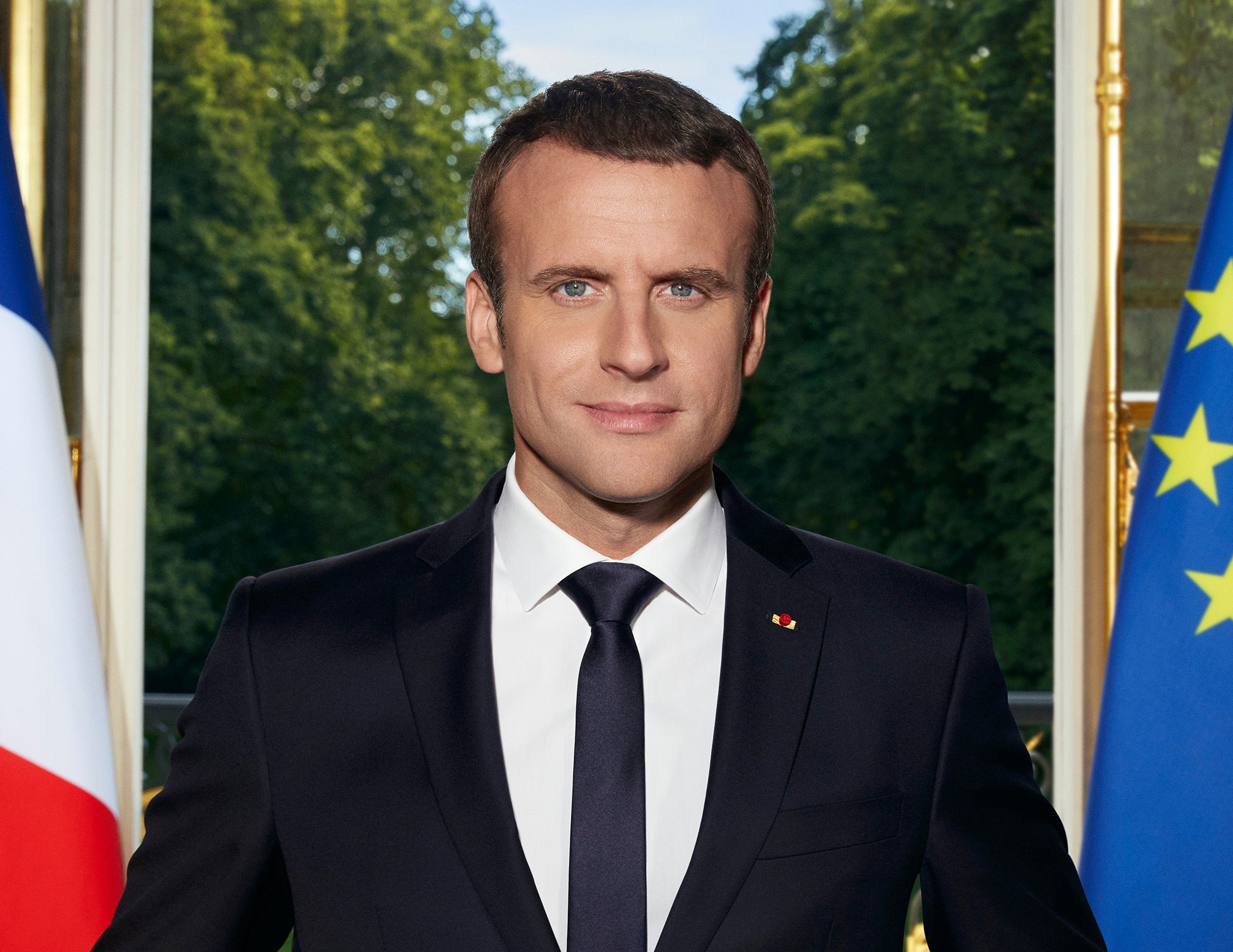Michael Schumacher's Comeback Attempt: A Case Study In Misguided Decisions.

Table of Contents
Michael Schumacher, a name synonymous with Formula 1 dominance, attempted a comeback with Mercedes in 2010 after a three-year retirement. While his unwavering dedication to the sport is undeniable, this decision, viewed in hindsight, raises questions about its strategic soundness and ultimately, its impact on his legacy. This article delves into the factors contributing to the perceived miscalculations surrounding Schumacher's return to the world of F1 racing.
The Changing Landscape of Formula 1
The Formula 1 landscape had dramatically shifted during Schumacher's absence, presenting a formidable challenge for his return. Several key factors contributed to this altered environment.
Technological Advancements
The sport underwent significant technological leaps and bounds. New regulations introduced complex systems and demanded a completely different driving style compared to the era of Schumacher's previous dominance.
- KERS systems: Kinetic Energy Recovery Systems added a new layer of complexity to energy management during races.
- Double-diffuser controversy: The introduction and subsequent debate surrounding double diffusers significantly impacted car design and aerodynamic performance.
- Tire changes: Changes in tire compounds and strategies required adapting to different grip levels and degradation rates.
- New car designs: The overall design philosophy of F1 cars had evolved, emphasizing different aerodynamic principles and requiring a shift in driving techniques.
These technological changes weren't just incremental improvements; they fundamentally altered the way drivers approached races. Schumacher, accustomed to the previous generation of cars, struggled to adapt his driving style to these innovations, significantly hindering his performance.
The Rise of New Competitors
A new generation of incredibly talented drivers emerged during Schumacher's hiatus, dominating the grid with speed and adaptability. These drivers were raised in the modern F1 environment and had seamlessly integrated the technological advancements into their driving styles.
- Lewis Hamilton: Hamilton, already a proven race winner, represented a new breed of supremely talented drivers.
- Fernando Alonso: Alonso's tactical brilliance and driving skill posed a significant challenge to Schumacher.
- Sebastian Vettel: Vettel's meteoric rise showcased the dominance of a younger generation completely comfortable with the modern F1 machinery.
The performance gap between Schumacher and these competitors highlighted the difficulty of re-entering the sport at such a high level after a significant absence. His vast experience, while invaluable in other aspects, couldn't fully compensate for the lack of familiarity with the evolving demands of modern F1 racing.
Mercedes' Strategic Challenges
Beyond the changes in the sport itself, challenges within the Mercedes team also played a role in the relative failure of Schumacher's comeback.
Team Dynamics and Internal Conflicts
Mercedes, while a powerhouse team, was itself undergoing a period of transformation. The integration of Schumacher, a veteran driver with a legendary status, into this evolving team dynamic presented its own set of challenges.
- Team dynamics with Nico Rosberg: The relationship between Schumacher and his teammate, Nico Rosberg, was reported to be tense at times, potentially impacting team cohesion and performance.
- Different team culture compared to Ferrari: Schumacher's previous team, Ferrari, fostered a very different team culture compared to Mercedes. Adapting to this new environment could have been a significant hurdle.
The team's focus on developing its own long-term strategy might have inadvertently overshadowed the immediate needs of a driver attempting a comeback. Balancing the expectations of a legend like Schumacher with the overarching team goals proved challenging.
Unrealistic Expectations
The immense pressure surrounding Schumacher's comeback significantly impacted his performance. The media, the fans, and even the team itself held unrealistic expectations.
- Media pressure: The media frenzy surrounding his return generated immense scrutiny and amplified every setback.
- Fan expectations: Fans anticipated a return to his former glory, a feat almost impossible given the changed circumstances.
- Internal pressure: The pressure to perform within the team, added to the external pressure, could have been overwhelming.
The contrast between the fervent anticipation and Schumacher's actual performance only heightened the pressure, potentially creating a negative feedback loop that impacted his confidence and performance.
Physical and Mental Factors
Beyond the external factors, age and the relentless physical and mental demands of F1 racing likely played a significant role.
Age and Physical Decline
At 41, Schumacher was facing the physical challenges associated with age. The demanding nature of F1 racing places significant strain on the body.
- Reaction time: Reaction times, crucial in F1, may naturally decrease with age.
- Stamina: The sustained physical exertion required for races could have become more challenging.
- Physical fitness demands of F1 driving: Maintaining the peak physical condition required for F1 racing is extremely challenging, especially as drivers age.
The rigorous physical demands of modern F1 racing exposed the potential limitations imposed by age, impacting Schumacher's ability to consistently perform at the highest level.
Adaptability and Mental Fortitude
While renowned for his mental strength and unwavering focus, adapting to the new technological landscape and competitive environment required a level of mental flexibility.
- Pressure management: Handling the immense pressure of a high-profile comeback required considerable mental resilience.
- Adaptability to new technologies: Quickly understanding and mastering the new technologies was crucial, yet challenging after a period away from the sport.
- Competitive spirit: Maintaining a fierce competitive spirit while confronting the realities of a changing landscape was crucial for success.
Although Schumacher’s mental fortitude was legendary, adapting to the rapid pace of change and intense competition proved a significant mental challenge.
Conclusion
Michael Schumacher's comeback attempt, while undeniably brave and fueled by an enduring passion for the sport, ultimately serves as a cautionary tale. A confluence of factors – technological advancements, a shifting competitive landscape, team dynamics, and potentially physical and mental limitations – contributed to its less-than-successful outcome. The case underscores the importance of meticulous planning, realistic expectations, and remarkable adaptability in the ever-evolving world of Formula 1. Analyzing Schumacher's return provides invaluable insights into the complexities of high-stakes professional sports, highlighting the critical need to account for change and the limitations of even the most exceptional talent. Learn more about the complexities of Michael Schumacher’s comeback and the strategic decisions that shaped it.

Featured Posts
-
 The Genius Of Agatha Christies Poirot Detective Skills And Character Analysis
May 20, 2025
The Genius Of Agatha Christies Poirot Detective Skills And Character Analysis
May 20, 2025 -
 Red Devils Eye Dynamic Premier League Forward Transfer Battle Looms
May 20, 2025
Red Devils Eye Dynamic Premier League Forward Transfer Battle Looms
May 20, 2025 -
 O Erotas I Fygi Kai I Syllipsi Pera Apo Ta Tampoy
May 20, 2025
O Erotas I Fygi Kai I Syllipsi Pera Apo Ta Tampoy
May 20, 2025 -
 Lasbh L Importance Du Mental Pour Le Deplacement A Biarritz En Pro D2
May 20, 2025
Lasbh L Importance Du Mental Pour Le Deplacement A Biarritz En Pro D2
May 20, 2025 -
 Politique Camerounaise Macron Troisieme Mandat Et Le Defi De 2032
May 20, 2025
Politique Camerounaise Macron Troisieme Mandat Et Le Defi De 2032
May 20, 2025
Latest Posts
-
 Iznenadenje Jennifer Lawrence Ponovno Mama
May 20, 2025
Iznenadenje Jennifer Lawrence Ponovno Mama
May 20, 2025 -
 Jennifer Lawrence Majcinstvo I Drugo Dijete
May 20, 2025
Jennifer Lawrence Majcinstvo I Drugo Dijete
May 20, 2025 -
 Novo Dijete Jennifer Lawrence Obiteljska Sreca
May 20, 2025
Novo Dijete Jennifer Lawrence Obiteljska Sreca
May 20, 2025 -
 Potvrda Jennifer Lawrence Dobila Drugo Dijete
May 20, 2025
Potvrda Jennifer Lawrence Dobila Drugo Dijete
May 20, 2025 -
 Jennifer Lawrence I Drugo Dijete Objava I Reakcije
May 20, 2025
Jennifer Lawrence I Drugo Dijete Objava I Reakcije
May 20, 2025
